Now we come to the summary and the question, where the new GeForce RTX 3080 Ti (in this case the Founders Edition) is placed. To do this, I analyzed all the games, first normalized the results, and then calculated a geometric mean (GEOMAN) from them. This value is, mathematically justified, never higher and even mostly lower than the normal arithmetic mean, which would be much more inappropriate here, because I don’t use absolute values from only one benchmark and this method is also used for all the professional benchmark evaluations.
Game performance
In the following result overviews I have on the one hand recorded the average FPS of all cards and in all games and then on the other hand compared them again in percent. I tested a total of 10 games in three resolutions, only to leave out the Full HD resolution in the end for all the individual benchmarks. The reason is quickly explained, because the systems were consistently unable to run these fast graphics cards at this low resolution without a CPU limit. Then in some games the bars were mostly the same length. Since I can save about 240 individual graphics this way, I’ll just leave out Full-HD in the test, because it’s also useless for the overall rating.
In WQHD, the GeForce RTX 3090 FE is only slightly ahead of the 3080 Ti FE, although I already mentioned the reason in the course of the individual benchmarks. In fact, with 25 to 30 watts more power for the GPU, since a lot of memory is eliminated, the RTX 3080 Ti can make up for a lot. So I see both cards definitely on par or a very similar level.
Ultra-HD is when the action starts, and we must never forget that this is not cherry-picking, there are games in every situation that can easily break the fair-weather front. Then, the GeForce RTX 3090 FE’s lead also increases slightly, even if only in the very low percentage range. However, the GeForce RTX 3080 Ti is still a real counterpart to the RTX 3090 with the ample 2 percentage points gap, because you’ll hardly feel this small gap in practice.
Depending on the chip quality, the spread is certainly a bit wider, but when potato (RTX 3090) and decent chip (RTX 3080 Ti) meet, the differences between the cards positioned so differently in price blur quite quickly and you can also confidently reach for the RTX 3080 Ti if the RTX 3090 is too expensive and not available. That’s exactly what NVIDIA should want to achieve with this model.
Summary
The GeForce RTX 3080 Ti is not a gap filler between a GeForce 3080 and the RTX 3090 in the traditional sense, there would also be far too little air between the cards to really get that right. Since they use the same power limit as the GeForce RTX 3090, but allow the card almost 30 watts more for the GPU due to the halved memory expansion, the goal of creating a “replacement” for the RTX 3090 has been solved quite plausibly. If the cooler was more potent, you could have even easily outperformed the RTX 3090 with the same TBP. This is also shown by the custom models, which are often faster than a GeForce RTX 3090 FE. But who likes to cannibalize away their own top-of-the-line model?
And playing in Ultra HD? In the end, it’s exactly the increase that has always been demanded, for example, when playing in Ultra-HD. This works so well, especially with the help of DLSS (but now not only!) in the appropriate games, that with a 60 Hz monitor you already voluntarily turn on the frame limiter again, which in turn allows the card to act much more sparingly. But the reserves are there, no question. The fact that the RAM with its 12 GB could also become scarce in the future, at the latest in Ultra HD, is also due to many game manufacturers who fill up exactly what can be filled up with data. Which, of course, would not be a blanket excuse and thus the only sticking point. But 12 GB is at least more than only 10 GB, after all.
In any case, DLSS 2.0 is the remedy, because what NVIDIA has presented with DLSS is almost a kind of miracle weapon, as long as it is implemented properly. Of course, the game manufacturers are also in demand, so NVIDIA is currently igniting the DLSS and DXR turbo and supports more and more games (according to NVIDIA around 130). Incidentally, this also applies to the inflationary use of the demanding ray-tracing features. Less is more and if it’s implemented expediently, then no card needs to gasp for air either. In combination with DLSS and Brain 2.0, the whole package is certainly forward-looking, if you’re into that sort of thing. Dying beautifully can be fun, especially when it’s no longer in slow motion. What AMD will then offer as an open-source DLSS competitor on 22.06.2021 cannot be assessed at present.
For the quick clickers there is also NVIDIA Reflex. Provided you have an Ampere card, a suitable G-Sync monitor and a game where the feature is integrated into the game. Then you can still minimize the system latencies. We recently had a longer article about this. Reflex Low Latency mode in games like Valorant or Apex Legends is definitely a proposition, but it will have to catch on. And then there are the nasty latencies on the internet, which NVIDIA can’t be held responsible for, but which can ruin your success. Only the sum is always smaller if you at least remove the pile that lies in front of your own door. That often does the trick. See article.
And does anyone remember the mysterious SKU20 between the GeForce RTX 3080 and RTX 3090, which I had “leaked” almost a year ago ? I later wrote at the launch of the GeForce RTX 3080: “If AMD doesn’t screw up again this time, this SKU20 will surely become the tie-breaker in pixel tennis”. And that’s exactly where the RTX 3080 Ti has positioned itself as a shooting star today. This makes it a RTX 3090 Light with Hash Light and Price Light, and it is best positioned as a counterpart to the Radeon RX 6900XT.
The board partners will surely upgrade this chip with potent coolers and power limits of 440 watts (like here on an MSI RTX 3080 Ti SUPRIM) will be the electric nail in the coffin for the GeForce RTX 3090 FE as a reference object.
GeForce RTX 3080 Ti Founders Edition
The compact Founders Edition does a lot of things right, even if the hefty dual-slot design isn’t quite enough to put the card on the throne thermally and acoustically. Visually and haptically, the part is first class and relatively space-saving. The 12-pin connector is now a running gag, but tolerable. Plus, there are adapter alternatives that don’t even look bad. But it is, one must admit without envy, also the maximum of what you can squeeze out of such a compact cooler design at 350 watts TBP and more without destroying your eardrums at the same time.
That’s exactly why it will find its friends and buyers, I’m sure, if it’s ever available to buy without a lucky fairy and bot. But without wanting to spoil, with more cooling surface would certainly be more. But the realization of the FE is smart and latest the circuit board with the shape design makes it for sure one day to a desired collector’s item. The smaller dimensions of the card are simply nice, the rest can be forgiven. Buy? Sure. Conversion to water cooling? I could do that. So from that point of view, it fits and you can feel free to apply the old clothes stock of the RTX 3080 FR to the water blocks.
The only minor technical flaw I found here is in the balancing and the very excessive use of the PEG for the power supply. Now, this can be tolerated or not, depending on the interpretation of existing norms. It is not so much that motherboards will be damaged immediately, but it is – at the latest after a stronger OC, also nothing that can be pushed into the range of measurement tolerances. It is not dramatic, but it cannot be ignored without comment.
Conclusion and final remarks
I would like to give a buying tip, but to be fair I refrain from doing so due to the unclear market situation. Let’s put it this way: If you see the card for a reasonable price somewhere and happen to need one, you are welcome to grab it with a clear conscience. For the RRP of 1199 Euros, a purchase would even be something of a must. I’m just afraid it’s going to become as coveted a mid-market item as the other current graphics cards have been. Only here NVIDIA again can’t do anything about it. Manufacturers are also struggling with rising prices and component shortages, with the bulk of the inflated prices coming from the non-manufacturing sector.
The power consumption has increased once again, but so has the performance, so that you probably don’t dream of a GeForce RTX 3090 FE as much as before the launch. So let’s wait for the board partner cards and what the respective interpretation of the manufacturers still offers. Of course, all this will be tested, step by step. Bored? I don’t think so.
- 1 - Introduction, Unboxing and Test System
- 2 - Teardown, PCB Analysis and Cooling System
- 3 - Performance: WQHD and Full-HD plus DXR
- 4 - Performance: Ultra-HD with and without DLSS / DXR
- 5 - FPS, Percentiles, Frame Time & Variances
- 6 - Frame Times vs. Power Draw
- 7 - Power Consumption: GPU and CPU in all Games
- 8 - Power Consumption: Effiziency in Detail
- 9 - Power Consumption: Overview, Summary and measured Details
- 10 - Standards (PCI SIG), Transients and PSU Recommendation
- 11 - Temperatures, Boost Clock Rate and Thermal Imaging
- 12 - Fan Speed, Noise and Audio-Sample
- 13 - Summary and Conclusion















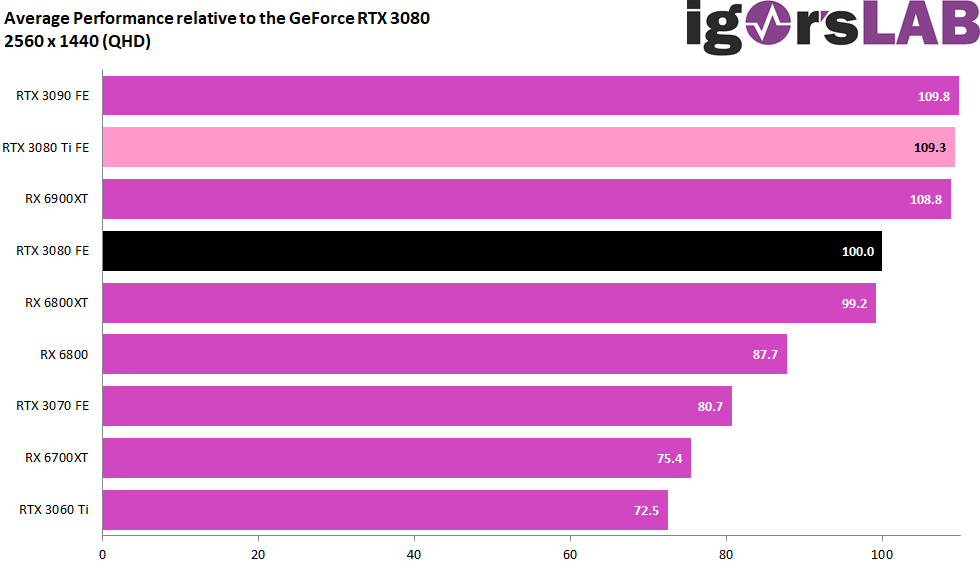
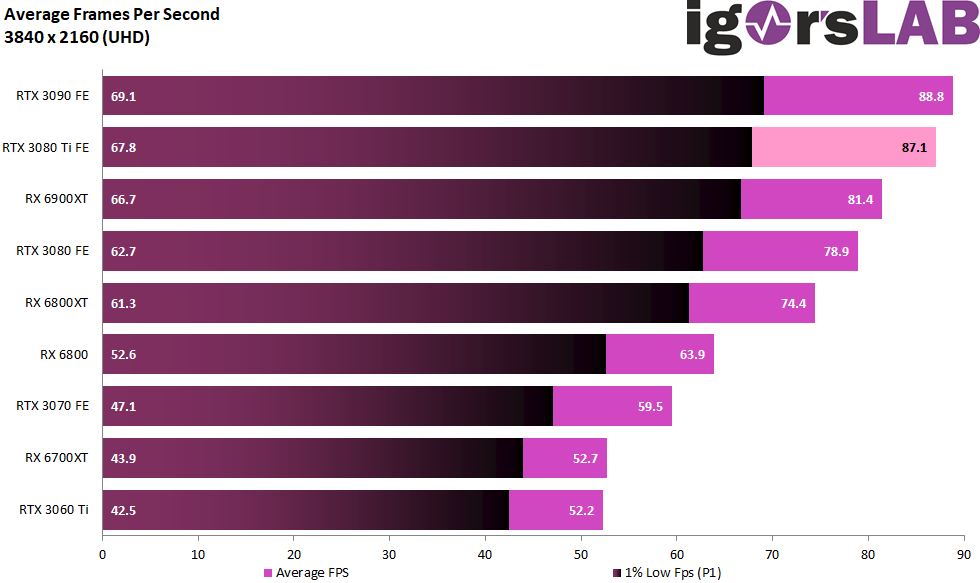
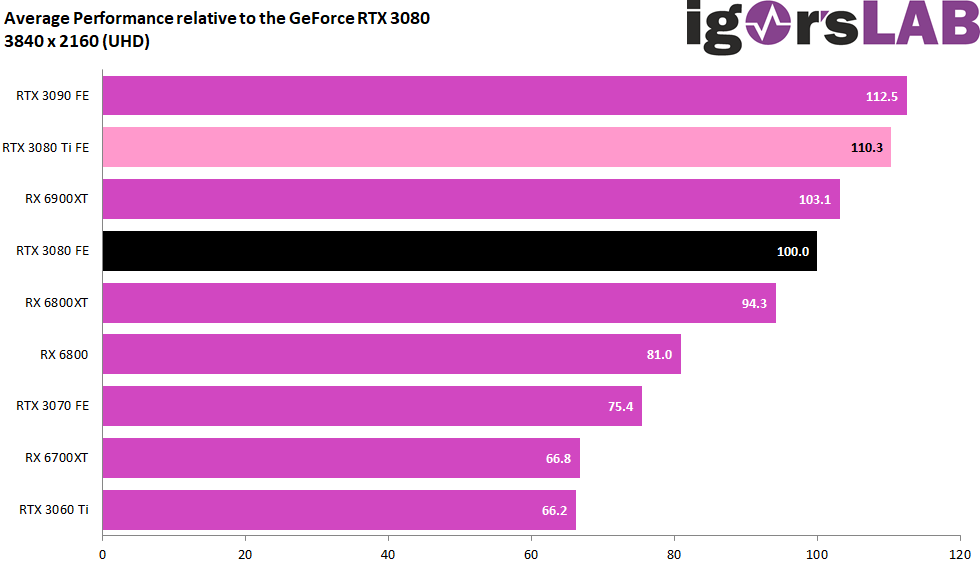
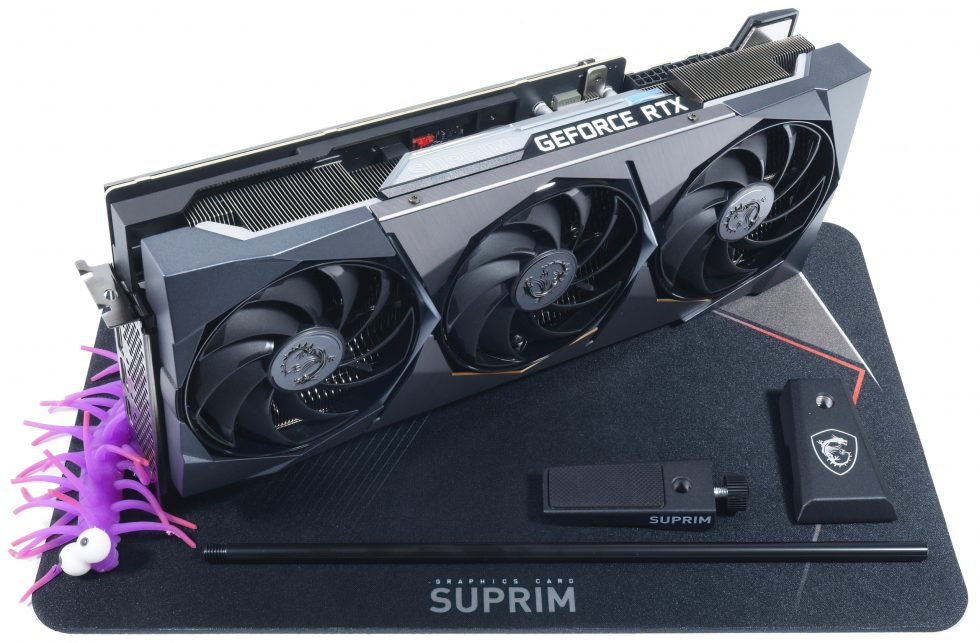
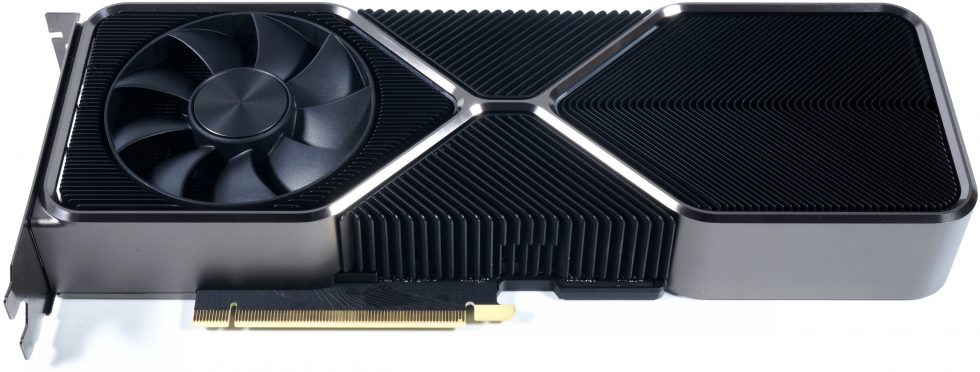


















Kommentieren